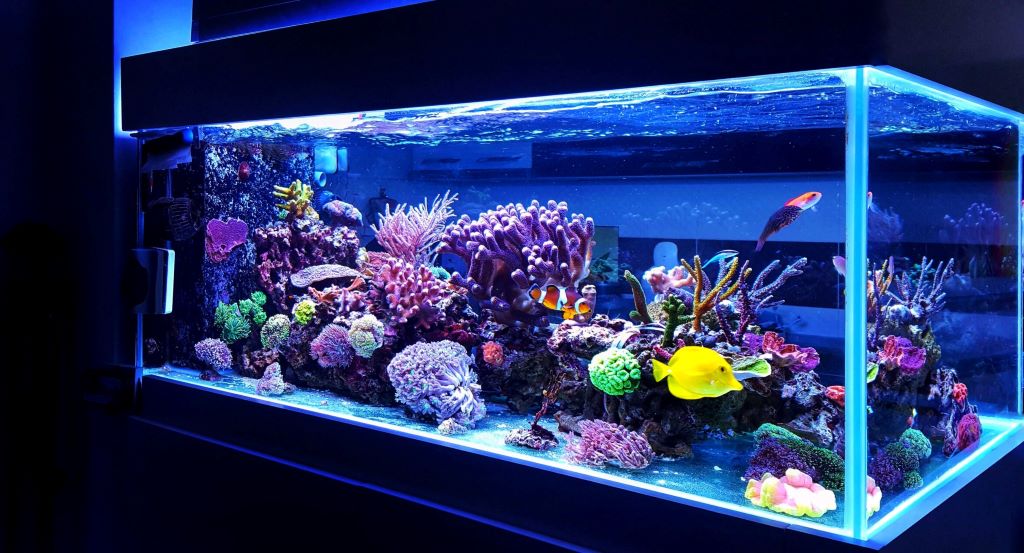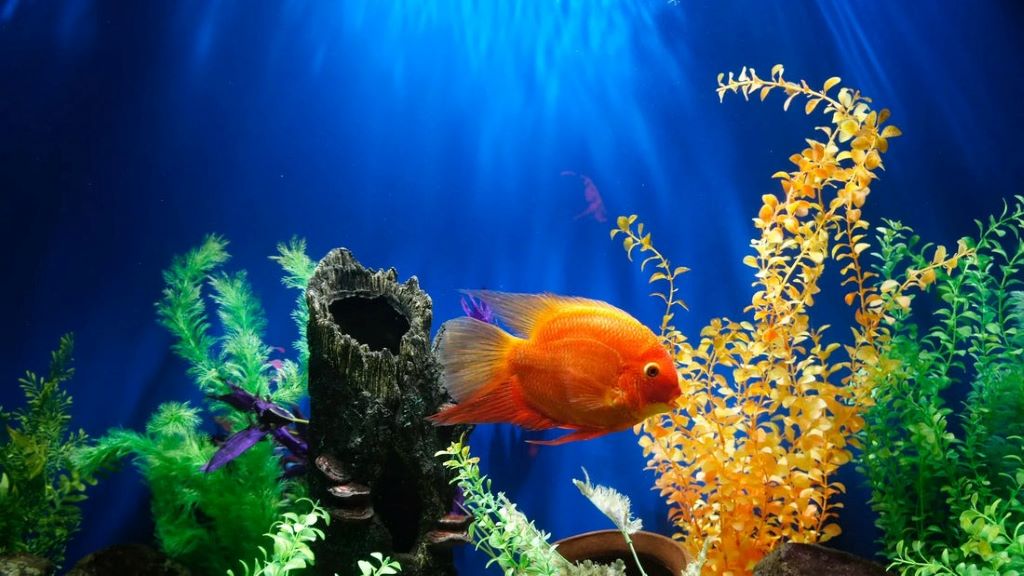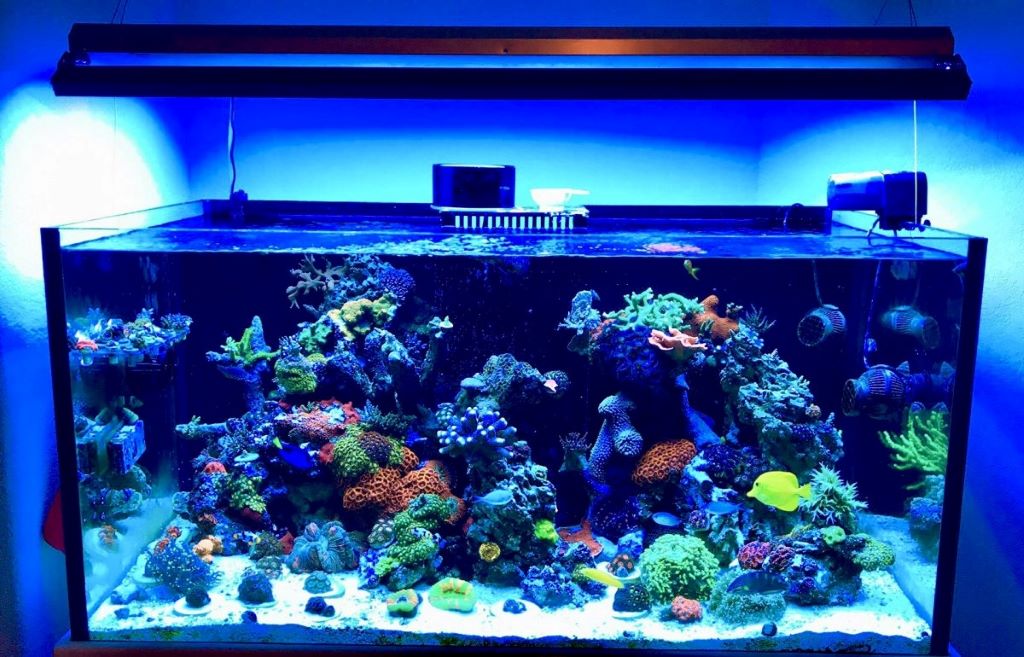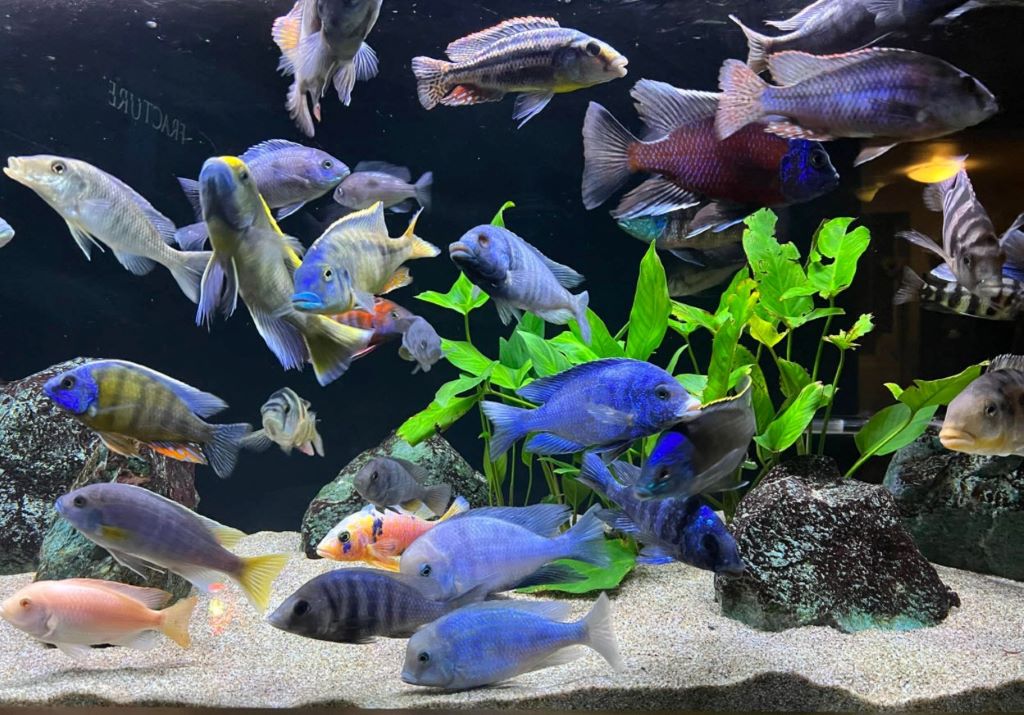Maintaining a vibrant and healthy reef aquarium isn’t just a hobby—it’s a science. Behind every thriving coral ecosystem is a reef keeper following a meticulous care routine. While daily and weekly tasks keep things stable, a thorough monthly maintenance routine is crucial to long-term success. This guide offers a comprehensive, real-world checklist for reef aquarium maintenance, backed by expert insights and practical tips.
1. Inspect and Calibrate Testing Equipment
Over time, testing equipment like refractometers, pH meters, and digital testers can drift out of calibration. This leads to inaccurate readings, which can spell disaster for your corals and fish.
Calibrate your devices monthly using standard solutions. For example, use a 35ppt calibration fluid for refractometers and 7.0/10.0 pH solutions for meters. Inconsistent readings are a red flag. A misreading could lead to dosing errors or misjudged water changes—both of which can destabilize your tank.
According to Reef Builders, even a minor pH variation of 0.2 units can stress coral polyps and inhibit growth.
2. Deep Clean Powerheads and Return Pumps
Your flow pumps work tirelessly. Over time, algae, coralline buildup, and detritus reduce their efficiency. A monthly soak in a vinegar solution (1:1 ratio with water) dissolves calcium buildup. Use a soft brush to scrub impellers and shafts.
Low flow leads to poor nutrient export and dead zones, which can harbor harmful bacteria. Bulk Reef Supply experts recommend restoring optimal flow monthly to support coral health and maintain oxygenation.
3. Clean the Protein Skimmer and Collection Cup
The protein skimmer is your tank’s lungs and liver in one. However, skimmate buildup on the neck and cup reduces foam production. Rinse the cup weekly, but each month, disassemble and scrub the body.
A neglected skimmer will not remove organic waste efficiently. This can lead to nitrate spikes and algae outbreaks. A well-maintained skimmer can remove up to 70% of dissolved organic compounds, according to Marine Depot.
4. Refresh and Replace Filter Media
Carbon, GFO (granular ferric oxide), and phosphate removers are only effective for a limited time. After three to four weeks, they reach absorption capacity and become inert or worse, leach contaminants back.
Mark your calendar to replace or recharge filter media on a monthly basis. GFO exhausted for too long will release trapped phosphates. Carbon can clog and reduce flow if not replaced regularly.
5. Siphon Sand Bed and Remove Detritus
Detritus buildup fuels cyanobacteria and dinoflagellate blooms. Every month, gently vacuum sections of your sand bed. Avoid disturbing too much at once—target 25% of the bed per cleaning to avoid releasing toxins.
Additionally, turkey baste rock crevices to flush trapped waste. According to Reef2Reef discussions, proactive detritus management significantly lowers nitrate buildup.

6. Inspect and Clean Light Fixtures and Lenses
Salt creep and dust can block light penetration, reducing photosynthesis in corals. Wipe LED lenses and reflectors with a damp microfiber cloth monthly.
Light intensity plays a major role in coral coloration and growth. Ecotech Marine reports that PAR values can drop by 15% just from dusty optics. Clean fixtures ensure corals receive the full spectrum they need.
7. Perform a Detailed Water Test Panel
Monthly testing gives insight into long-term trends. Test for:
-
Calcium
-
Alkalinity
-
Magnesium
-
Nitrate
-
Phosphate
-
Salinity
-
pH
Track results in a spreadsheet or reef journal. This data helps fine-tune dosing and identify issues before they escalate. For instance, a gradual rise in nitrates can indicate declining biological filtration or overfeeding.
8. Dose Trace Elements if Needed
Corals consume trace elements like iodine, strontium, and potassium. However, over-dosing is dangerous. After water testing, replenish these only as needed. ICP-OES tests (available from labs like Triton) give the most accurate results.
Many reefers assume water changes replenish all trace elements—but studies from Triton Labs show otherwise. Tailored dosing maintains coral vitality and coloration.
9. Inspect Corals and Inhabitants Closely
Monthly inspection under both white and blue lights can reveal problems early. Look for:
-
Tissue recession
-
Pest infestations (flatworms, nudibranchs)
-
Unusual algae growth
-
Parasites or lesions on fish
Use coral dips if needed. Quarantine any new arrivals. Early detection saves your entire system from preventable crashes.
10. Review Equipment Functionality and Backups
Check for:
-
Leaking seams
-
Cracked reactors
-
Loose wires or failing heaters
Also, test your backup power supply and temperature controllers. In 2021, power outages during storms caused massive livestock losses for unprepared hobbyists, according to Advanced Aquarist.
11. Log and Photograph the Progress
Document coral growth, aquascape changes, and health signs each month. This visual log helps you spot trends that numbers alone can’t show. It’s also motivating to see how far your reef has come.
Some reefers use apps like Aquarimate to track data, livestock, and dosing schedules.
Also Read: Top 10 Common Aquarium Water Testing Mistakes & How to Avoid Them
FAQs
1. How often should I replace filter socks?
Replace or wash filter socks every 3–4 days. Don’t let detritus accumulate; it quickly degrades water quality.
2. Is vinegar safe for cleaning reef equipment?
Yes. A 1:1 vinegar-water solution is reef-safe for cleaning pumps and skimmers when rinsed well after soaking.
3. Can I skip monthly water tests if everything looks fine?
No. Visual inspection can miss slow nutrient creep. Monthly tests help you spot invisible problems.
4. How do I know if my light is too weak for my corals?
Use a PAR meter or reference coral color and growth. Faded colors or stunted corals often point to poor lighting.
5. Should I clean all of the sand bed at once?
Avoid full cleanings. Do one quarter monthly to preserve beneficial bacteria and avoid releasing hydrogen sulfide pockets.
6. What’s the ideal nitrate and phosphate level?
Keep nitrates between 2-10 ppm and phosphates under 0.1 ppm. Zero nutrients can also stress corals.
7. Do I still need monthly maintenance if I use automatic equipment?
Yes. Automation reduces manual work but doesn’t replace physical inspections or cleaning tasks.
Final Thought
Your reef aquarium is a delicate balance of biology, chemistry, and engineering. Following The Ultimate Monthly Maintenance Checklist for Reef Aquariums ensures your tank remains a stable, thriving ecosystem. While automation helps, no tech replaces hands-on care and attention. Consistency is key. Monthly routines not only prevent disaster but also reward you with a breathtaking underwater world full of life and color.
Read More: Feeding Your LPS Corals: A Comprehensive Guide for a Thriving Mixed Reef




